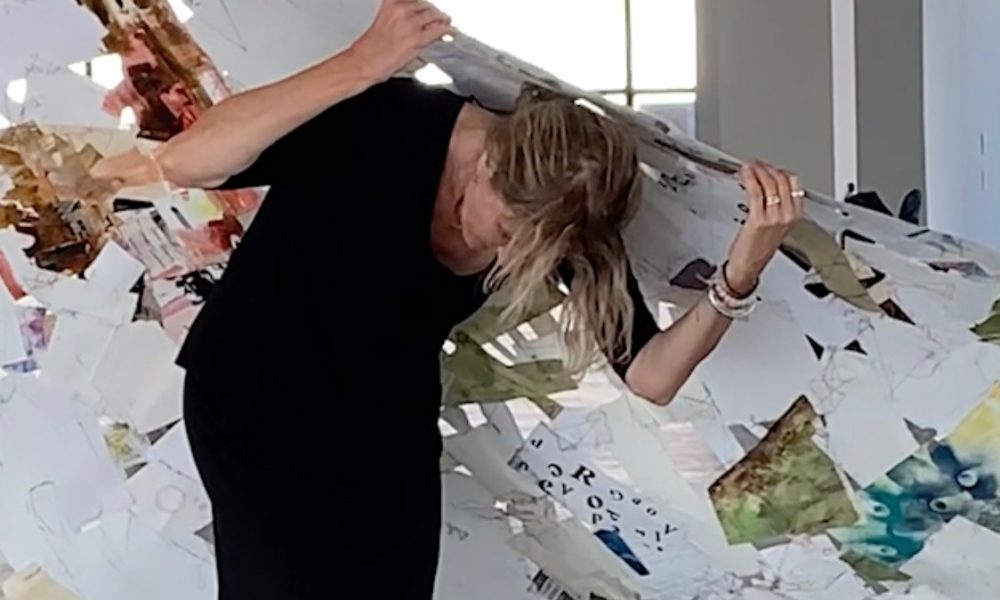

Today we’d like to introduce you to Betsy Lohrer Hall.
Hi Betsy, it’s an honor to have you on the platform. Thanks for taking the time to share your story with us – to start, maybe you can share some of your backstory with our readers.
I’m a visual artist based in Long Beach, California. My family is originally from Boston and New York. We moved to Southern California when I was seven.
My art grows from a love and respect for the natural world. I’ve lived near the ocean most of my life. I was lucky to spend a lot of time outdoors as a child. There were more open fields back then. I wandered, sometimes with my brother or a friend, sometimes alone, often barefoot. My family did a lot of tide-pooling. We’d see abalone, sea urchins and starfish, small octopuses, sea slugs and crabs… It taught me a lot about slowing down, being quiet, noticing. I’ve seen so much change.
I still spend time outdoors whenever I can. It feels like sanctuary. The textures and colors are present in my work even though I don’t consciously choose them.
My early training was traditional—realistic drawing and painting. I did my undergrad work in studio art at Colorado College, then night classes in printmaking at El Camino College in Torrance. When I was starting out on my own, I got a studio at Angels Gate Cultural Center in San Pedro. It was nice to have the gallery right there and so many talented artists to learn from, not to mention, of course, the wild beauty of the place. After years of making and showing my work, I went to grad school at CSU Fullerton and moved my studio to Long Beach.
Most of my works are meditative, process-oriented abstractions. I love paper and working with my hands. I’ve made gouache paintings for years and developed a way of making large-scale collages that are a hybrid of sewing, painting, and printmaking. I also make installations and performances.
I choose biodegradable media when I can. I use a lot of found and repurposed materials. Early on, when my studio was in San Pedro, the things collected were mostly natural because I was walking along the cliffs of Point Fermin and the fields near White’s Point. When I moved to Long Beach, the collections became more urban. In addition to seed pods and twigs, I collected discarded cigarette boxes, handwritten notes, and plastic beach trash. Collecting feels like a tactile, kinetic way to listen. In the city, this becomes a way to discover what we as a community are doing when no one is paying attention.
Long Beach is a great place to be. It’s a diverse city with so much creativity – many artists, lots of murals, artist-run spaces, and small businesses. In 2018, I started Flux Art Space, using the front of my studio as a gallery and project space. It feels good to share art with the community. Artists get to show work and meet each other. We offer workshops from time to time. It’s become a place to connect and dialogue.
In addition to my art practice, I’ve been teaching studio art and art history at local colleges and universities since 2004 and, in recent years, collaborating with the artist group FLOOD.
Alright, so let’s dig a little deeper into the story – has it been an easy path overall, and if not, what were the challenges you’ve had to overcome?
As an artist, there’s the challenge of being personally concerned with environmental, political, and social justice issues but also being naturally drawn to making subtle artwork. I sometimes wonder if people miss the metaphors. I’ve struggled with whether this is okay and whether the messages should be more direct. But when I try, it seems heavy-handed. So, as it is, the content is there; it’s just quiet… and I try to embody my socio-political stances through my actions.
Shyness and sensitivity can complicate things for me, too. I’ve had to push through internal conflicts and self-doubt. Thankfully, these struggles have eased up a bit. Having a supportive, creative community helps. Having supportive loved ones also helps. I’m grateful. Otherwise, I might have given up.
I need solitude and time to wander. Sometimes, this feels decadent when there are so many pressing needs and concerns in the world. But if I don’t refresh, I have nothing to offer. I care so much about people and the well-being of our planet. I do what I can. It’s always a process of finding balance.
Appreciate you sharing that. What else should we know about what you do?
I’m interested in where art and life meet.
A few examples:
In a recent project, rather than draw a tree, I knelt at the base of a tree for two days and made a tracing of its base, where the roots enter the ground. I learned from the process—about the weather, rootedness, and scale—and about myself in relation to these.
Since I’m interested in process, my works on paper are usually evidence of time and activity rather than an illusion. I use a lot of staining and layers. I like to sew paper. The needle makes holes that don’t heal while also connecting front to back, seen and unseen. The strands of thread become a way of drawing. I use them for prints too.
When I made “City” years ago, it started as a daily collection of discarded plastic that I picked up off the beach. At first, it was bottle tops, then more—lighters, candy containers, stroller wheels. Some of the trash had been in the water so long it had barnacles. The accumulation was amazing. I even found hypodermic needles and medicine bottles with pills still in them. I made a big floor installation with the trash. From a distance, it looked like a city made of colorful toys. Up close, it was something else. The objects spoke for themselves.
One project I’ve done several times is “Walden Here.” When I first conceived of it, I’d been reading a published collection of Thoreau’s notebooks. I had plans to go on a road trip to the Utah, Colorado, and Wyoming to have focused time in nature. Instead, my husband got terribly sick, so I stayed close to home. Rather than going a great distance to pursue an idea of nature, I learned to pay closer attention to the presence of nature right where I was. I would spend hours at a time outdoors, uninterrupted, focused on perceiving nature with all of my senses. This experience informed a shifting art installation and activities I offered at a gallery. Each time I repeat this project, I do a walking site study and make an installation. The process is interactive. Each time it’s in a new location, of course, the colors, sounds, and objects are different. I’m different.
The works I’ve shared with you here are recent. “Touched” was a performance I did as part of Soundprints, produced by FLOOD (see https://soundpedro.art/nomad-ii-soundprints ). It involved my largest collage to date (30 feet of hand-sewn, cast-off paper) and 4.5-hour performance within a room of collaborating sound artists. It was quite an experience. “Inside, Outside” is a site-specific wall installation reflecting on my connections to Angels Gate Cultural Center. “Here Hear: Wind” is part of a series of works about sound receptivity. It was purposely made for a breezy part of the gallery.
Risk-taking is a topic that people have widely differing views on – we’d love to hear your thoughts.
Risks are part of the painful beauty of being alive.
I’ve felt a lot of fear in my life. I try to listen for intuition and guidance. Risk-taking, for me, comes from optimism or desperation. Sometimes both. I’ve always admired the planned, calculated risk. Sometimes, reckless leaps are also worth it. There’s a possibility of failing (and there are possibilities within the failing). There are no guarantees. But what is lost if I don’t take risks?
Contact Info:
- Website: https://betsylohrerhall.com/home.html
- Instagram: https://www.instagram.com/betsy_lohrer_hall/
- Other: https://www.instagram.com/fluxartspace/
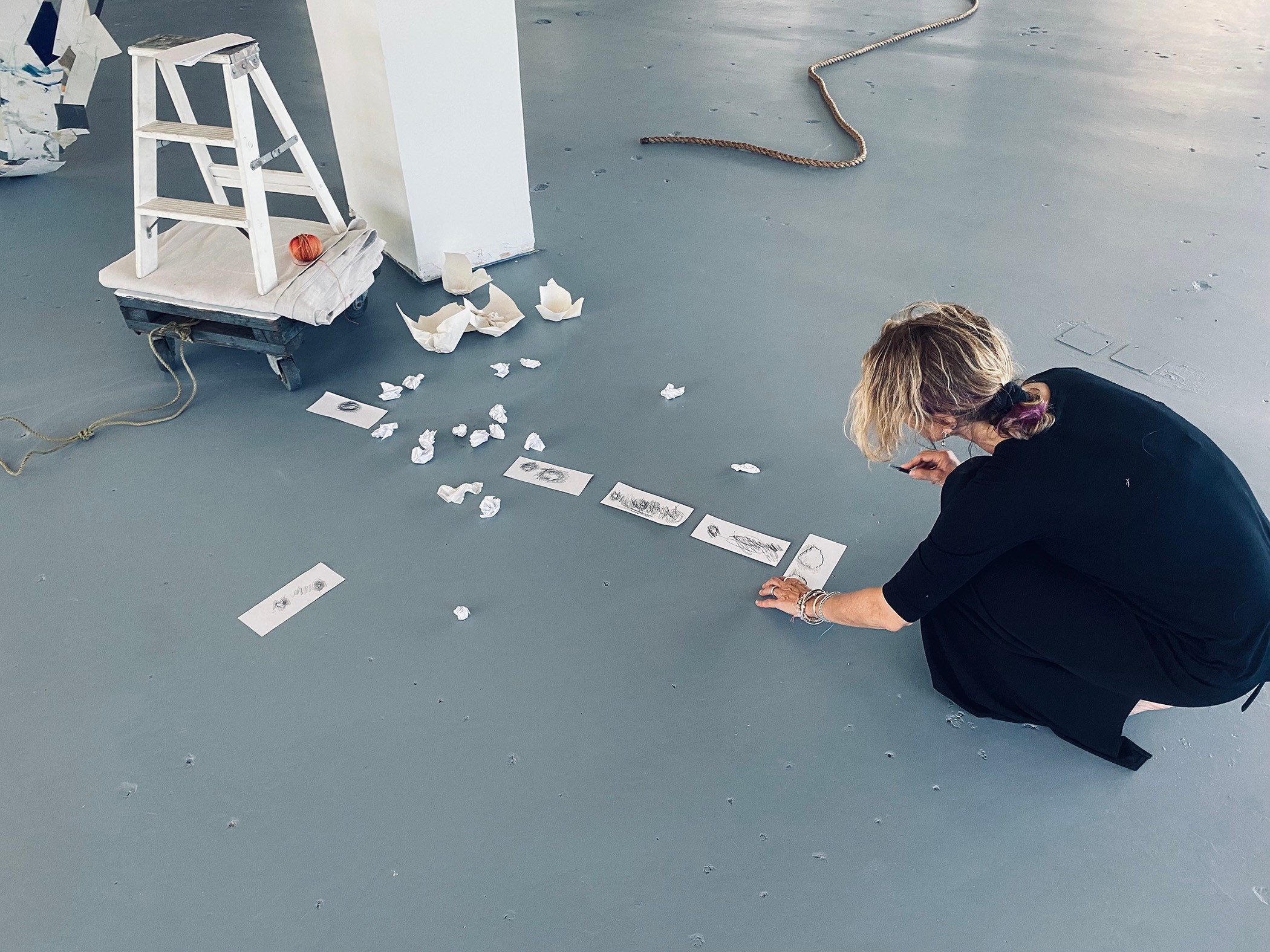
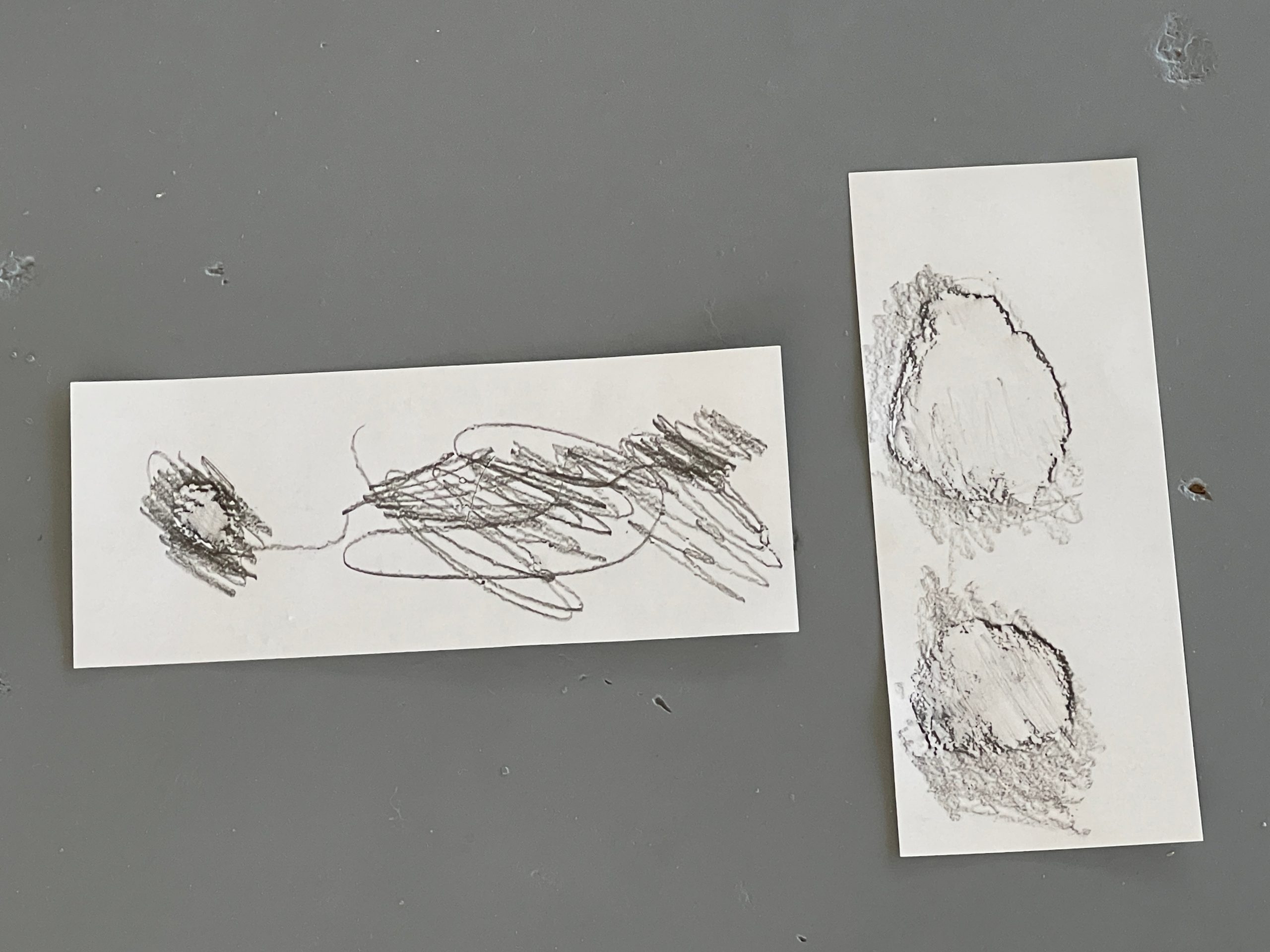
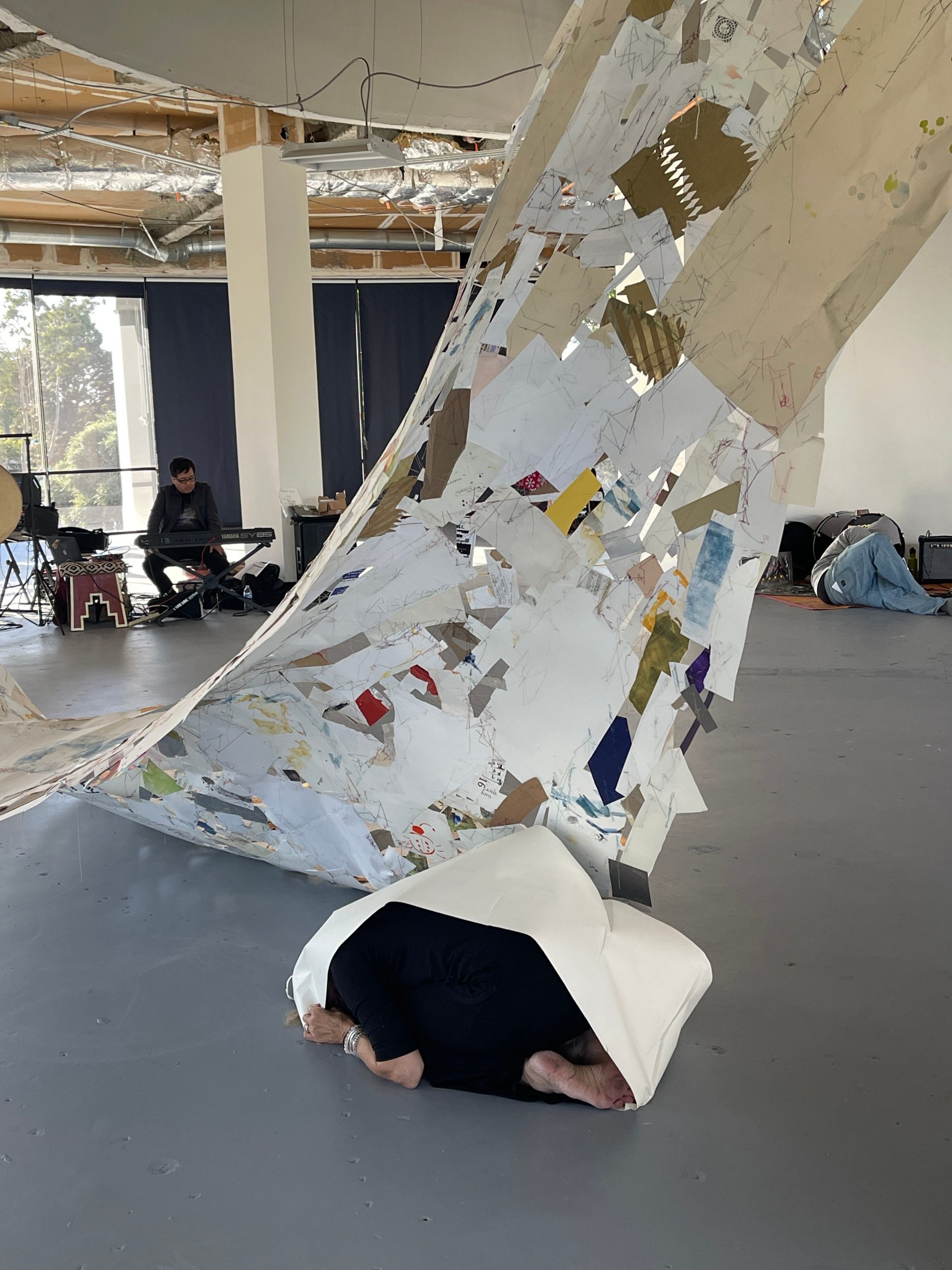
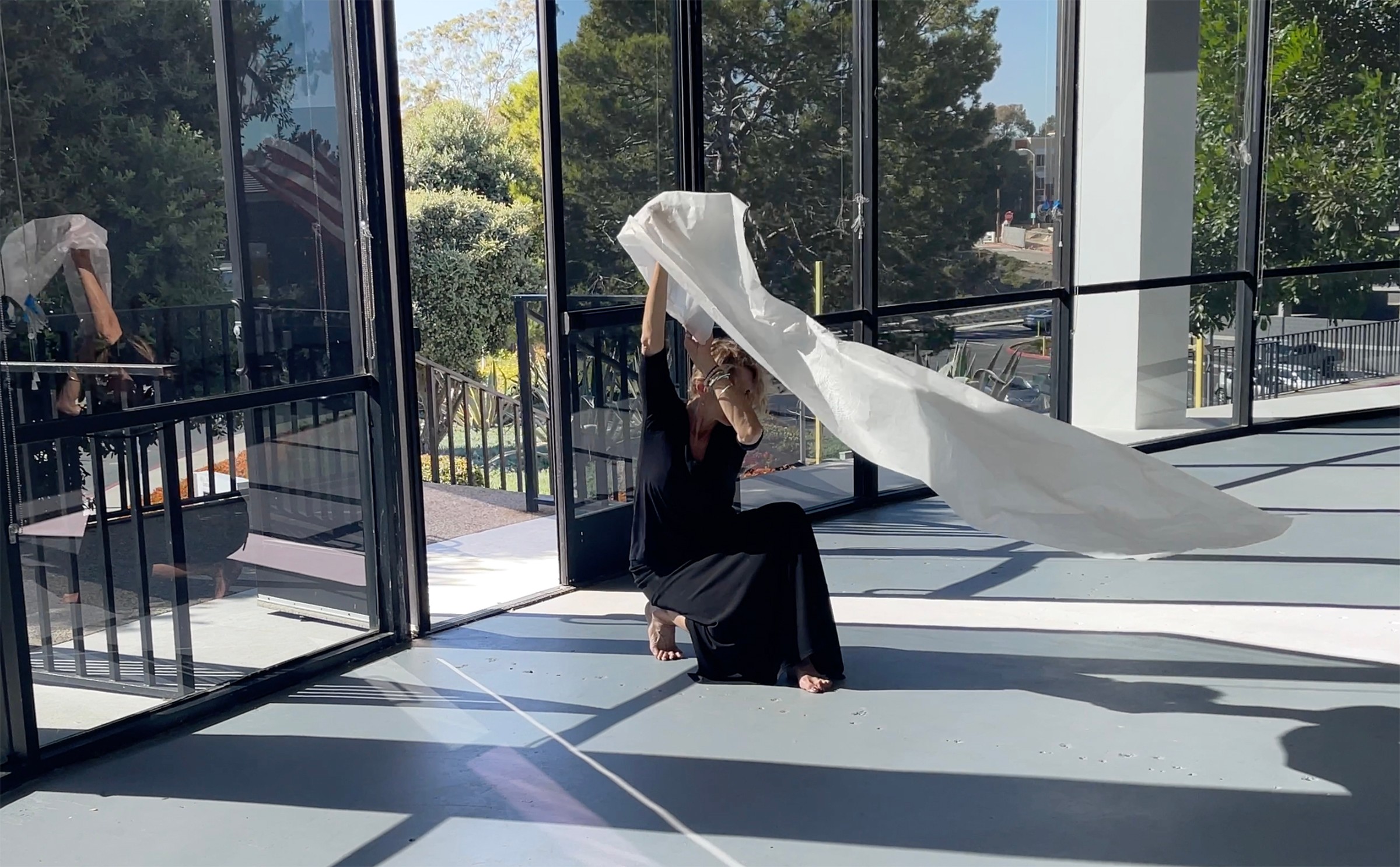

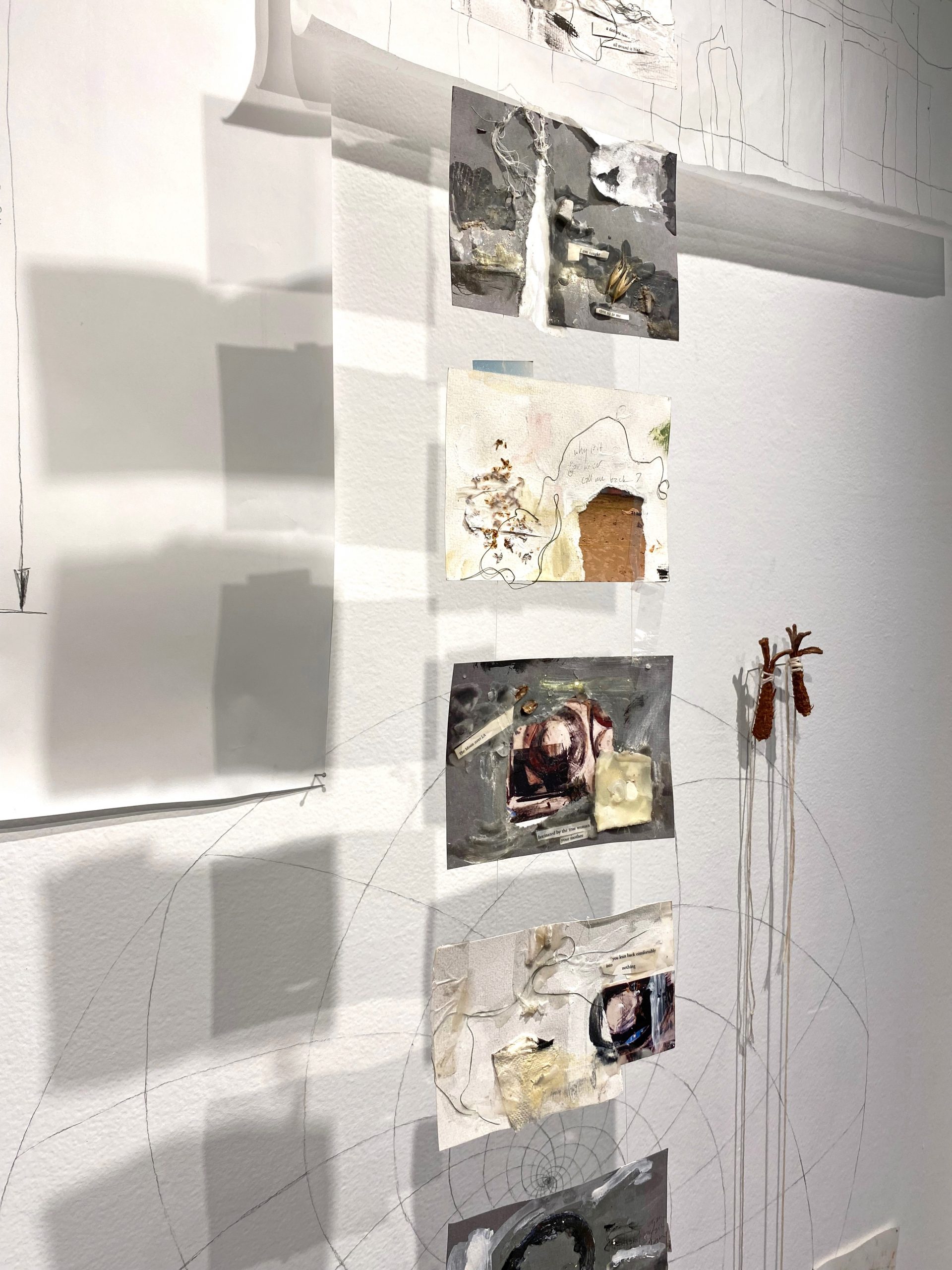
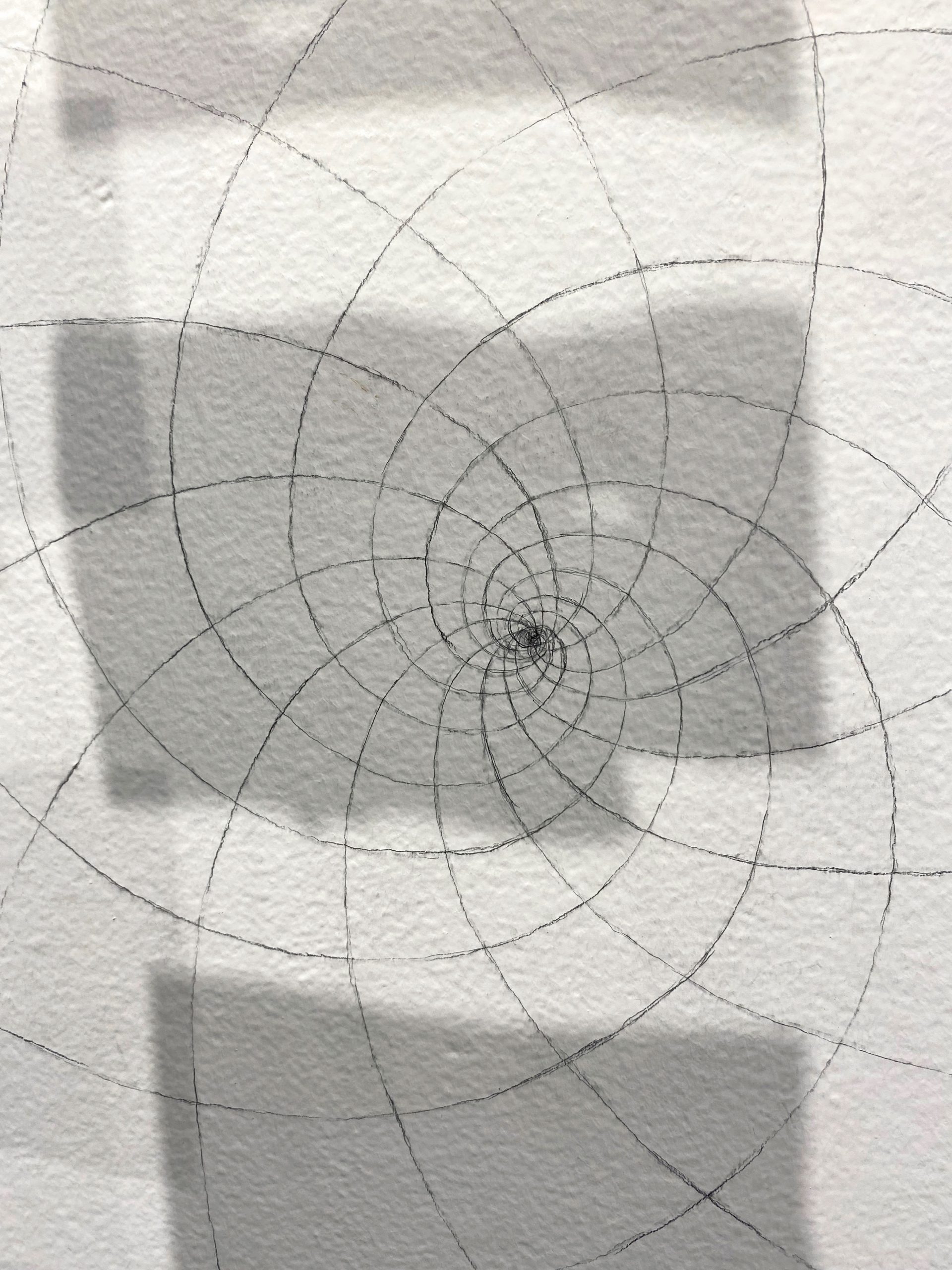

Image Credits
Sheriann Ki
Sun Burnham
Brandon Auger
Pablo Perez














